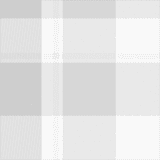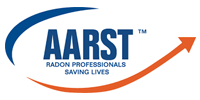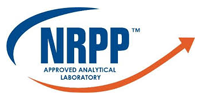What is Radon?
RadonRid, LLC
What Is Radon: Understanding the Silent Threat
Radon is an invisible, odorless, and tasteless radioactive gas that poses a significant health risk to homeowners.
Radon exposure is a serious health concern because when you breathe in radon gas, radioactive particles can become trapped in your lungs, increasing your risk of lung cancer over time. The effects of radon exposure may not be apparent for years, making it crucial to address potential radon issues in your home promptly. Reasons to be concerned about radon:
- Second leading cause of lung cancer
- Invisible and undetectable without proper testing
- Can accumulate in any home, regardless of age or construction
- Health effects may take years to manifest
Don't wait until it's too late.
Contact RadonRid, LLC today to safeguard your home and family against high radon exposure.
Why Choose RadonRid, LLC
When it comes to protecting your home and family from radon, choosing the right partner is crucial. RadonRid, LLC offers unparalleled expertise and service in radon testing and mitigation.
At RadonRid, LLC, we specialize in radon testing and mitigation services to protect your home and loved ones from this hidden danger. Our expert team serves the North Carolina counties of Catawba, Burke, Caldwell, Alexander, Iredell, Rutherford, Lincoln, Cleveland, Mecklenburg, Cabarrus, Rowan, and Davie, providing comprehensive radon solutions.
- 25+ years of experience in radon services
- Locally and family-owned business
- Free estimates for all services
- 10% discount for military personnel
- ARRST and NRPP certified
- Certified radon measurement professional (ID #114089-RMP)
- Certified radon mitigation specialist (ID #114090-RMS)
- All work guaranteed
- Integrity-driven approach
- Reliable and responsive team
- Fair pricing for quality services
Trust RadonRid, LLC to deliver expert radon solutions tailored to your specific needs. Our commitment to excellence ensures your peace of mind.
Contact Us
Don't let radon threaten your family's health. RadonRid, LLC is here to help you understand, detect, and mitigate radon in your home. Our experienced team serves the North Carolina counties of Catawba, Burke, Caldwell, Alexander, Iredell, Rutherford, Lincoln, Cleveland, Mecklenburg, Cabarrus, Rowan, and Davie, providing comprehensive radon testing and mitigation services.
Take the first step towards a safer home environment by calling RadonRid, LLC today. Our experts are ready to answer your questions, provide free estimates, and schedule your radon test. Protect your family's health and ensure your peace of mind with RadonRid, LLC's professional radon services.
- Bullet text
- Bullet text
- Bullet text
- Bullet text
- Bullet text
- Bullet text
- Bullet text
- Bullet text
- Bullet text
- Bullet text
Title or Question
Describe the item or answer the question so that site visitors who are interested get more information. You can emphasize this text with bullets, italics or bold, and add links.Title or Question
Describe the item or answer the question so that site visitors who are interested get more information. You can emphasize this text with bullets, italics or bold, and add links.Title or Question
Describe the item or answer the question so that site visitors who are interested get more information. You can emphasize this text with bullets, italics or bold, and add links.



